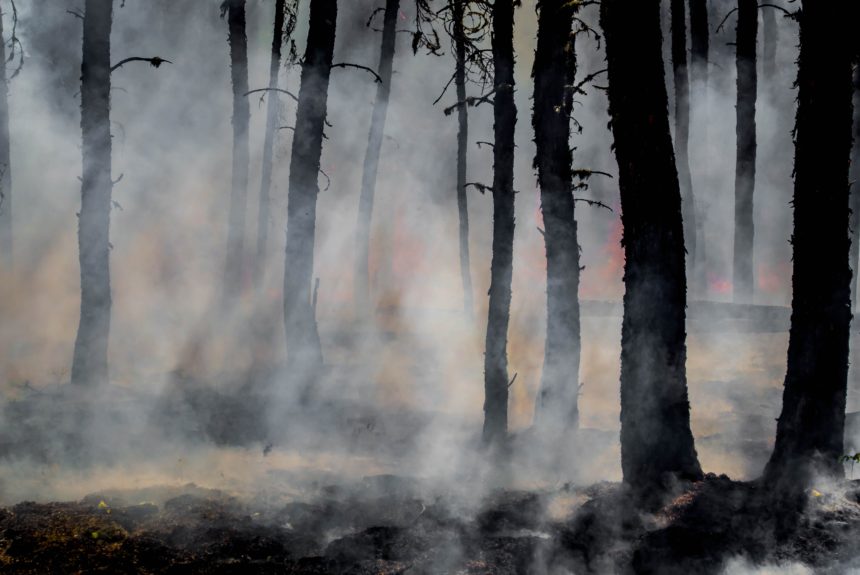Patrick Brown of the Breakthrough Institute writes on the importance of active forest management practices.
online pharmacy lasix no prescription pharmacy

- Fire suppression forestry methods, which lead to a build up of vegetation and dead trees, are making wildfires worse.
- While mechanical thinnings and prescribed burns make forests more healthy and less susceptible to catastrophic wildfires, regulations like the National Environmental Policy Act (NEPA) are making it harder for these practices to be implemented.
- Policymakers at the state and federal level must reduce barriers and streamline regulations to allow active forest management to take place and to reduce the damage caused by wildfires.
“Together, theory, firefighting experience, and rigorous study have led to a strong mainstream consensus within the wildfire science community that reducing fuel loads reduces the likelihood of the types of fires that produce the most smoke, are the least controllable, and are the most likely to kill the forest’s mature trees.”
online pharmacy https://regentdental.co.uk/wp-content/uploads/redux/custom-fonts/custom/imuran.html no prescription pharmacy
Read the full article here.
online pharmacy https://www.dentwizard.com/wp-content/uploads/wpallexport/exports/054ac3e69f6385824088b5cc4c57196c/cialis-super-active.html no prescription
online pharmacy buy paxil no prescription pharmacy
The views and opinions expressed are those of the author’s and do not necessarily reflect the official policy or position of C3.
